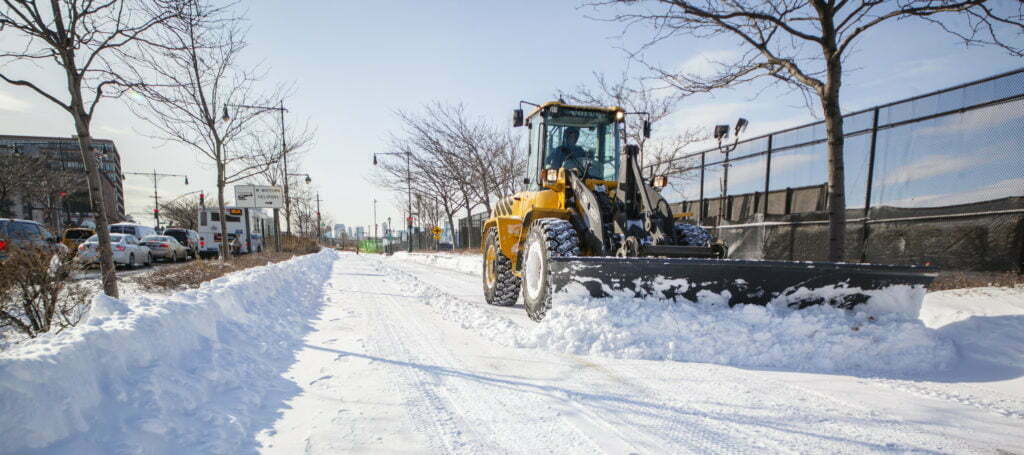Tips for Municipal Snow Removal Agencies: Best Practices for Managing Snow Removal Contracts
Snow Removal
After “Snowzilla” dumped more than 26 inches of snow on Arlington County, Virginia in January 2016, the county had to supplement their 40-pieces of snow removal equipment with 200 pieces of contracted equipment to keep up with storm. Mike Moon, deputy director of operations for Arlington County, Virginia, Environmental Services, was tasked with coordinating the snow removal efforts.
“That kind of ramp up takes snow removal operation from something tried, true and very comfortable to managing a whole new level of complexity,” Moon says.
Below, Moon provides tips for municipal snow removal agencies on how to prepare for the demands of coordinating a much larger, contracted workforce.
Have contracts in place before the snow hits.
- Focus on your contracting efforts in the summer. Think through what you need from a facilities standpoint – what equipment will you need to plow a narrow street with parked cars compared to clearing a parking lot or plowing a highway?
Build relationships and loyalty ahead of time.
- If a large storm impacts the entire region, contractors can and will pull out for better offers from other jurisdictions. Develop relationships ahead of time to build accountability, and consider offering signing and performance-based incentives.
Bring contracted equipment and staff into to your training exercises.
- “Have them join your dry run – even if you have to pay for it, it’s well worth it,” Moon says. “They are part of your snow team. It’s important to have them engaged.”
Inspect their equipment ahead of time.
- Inspect contractor’s equipment and install any GPS or tracking systems into vehicles well in advance to ensure quick deployment during a winter weather event.
Be prepared to use emergency purchase acquisitions (EPAs).
- During winter weather events that exceed your locality’s resource and equipment capabilities, you can use EPAs to quickly bring in additional resources. Review the requirements and stipulations associated with your locality’s emergency purchase policy before the start of winter.
- Use EPAs as a last resort – they are more expensive and often more stressful than contracts.
Have aid agreements in place with surrounding jurisdictions.
- “You can call them if you run into a problem with equipment or need more resources,” explains Moon. “It’s also important to check-in with elected officials and emergency management agencies in advance to know what they’ll be doing during an event.”

